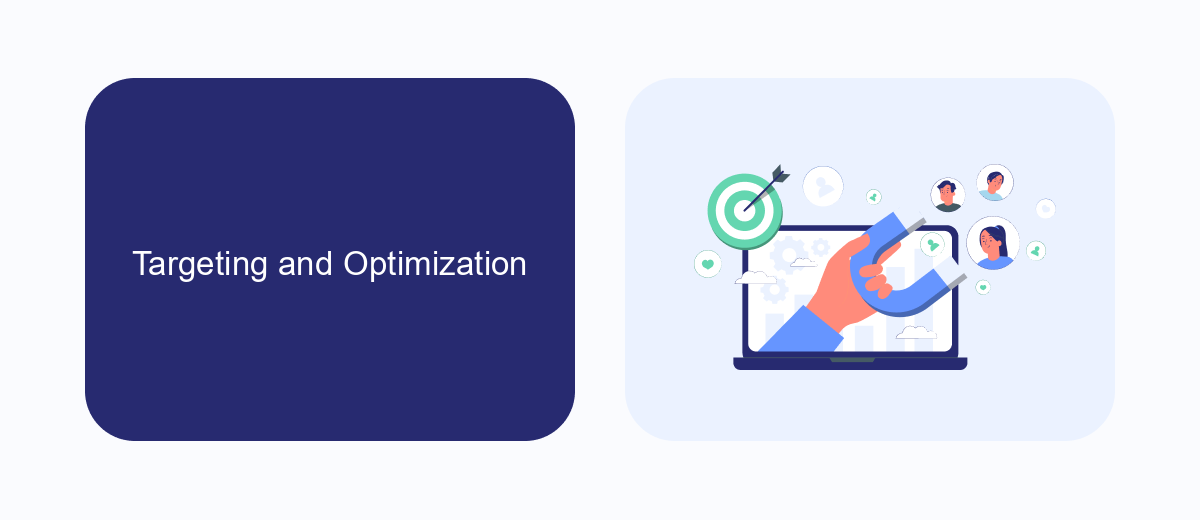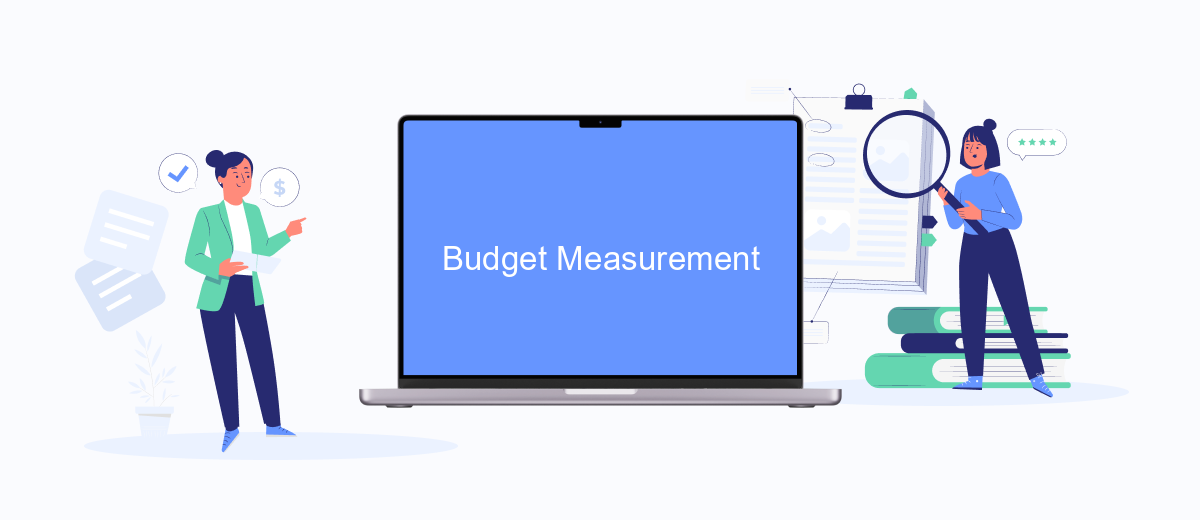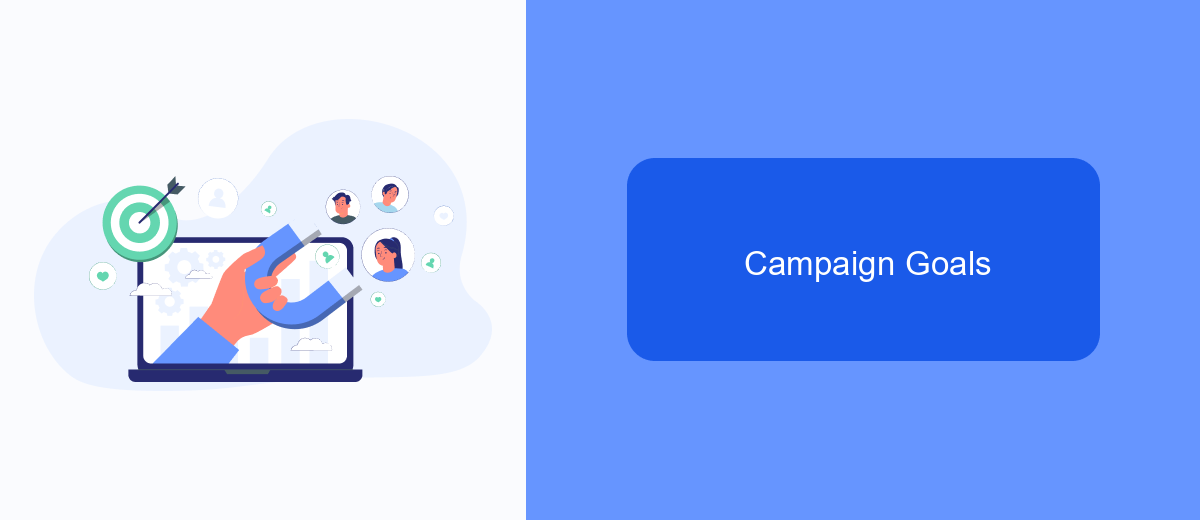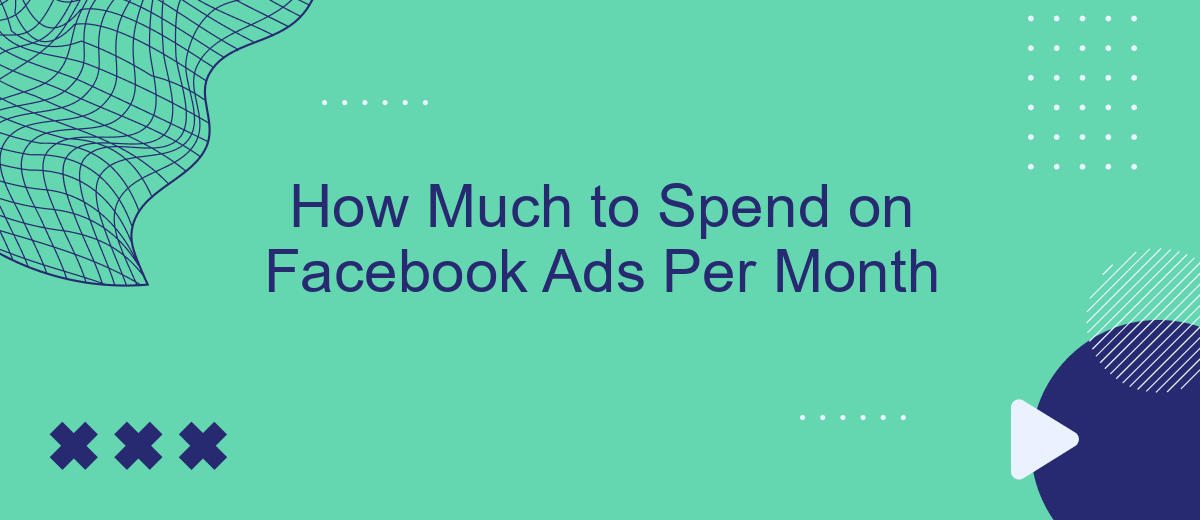Determining the ideal budget for Facebook ads can be a daunting task for businesses of all sizes. With numerous factors to consider, from audience targeting to campaign objectives, finding the right monthly spend is crucial for maximizing return on investment. This article explores key considerations and strategies to help you decide how much to allocate for Facebook ads each month.
How Much Should You Allocate?
Determining how much to allocate for Facebook Ads can be a challenging task, but it's essential for maximizing your return on investment. Your budget should align with your business goals, audience size, and the competitiveness of your industry. Consider starting with a modest budget and scaling up as you gather data and see results.
- Set a clear objective: Are you aiming for brand awareness, lead generation, or direct sales?
- Analyze your audience: A larger, more competitive audience will require a higher budget.
- Monitor and adjust: Use tools like SaveMyLeads to integrate and streamline your ad data, making it easier to track performance and make informed adjustments.
Remember, the key to a successful Facebook Ads campaign is not just the amount you spend, but how effectively you manage and optimize your budget. Regularly review your campaign performance and make necessary adjustments to ensure you are getting the best possible return on your investment.
Targeting and Optimization

Effective targeting and optimization are crucial for maximizing the return on investment (ROI) of your Facebook ad spend. Start by defining your target audience based on demographics, interests, and behaviors. Utilize Facebook's powerful targeting tools to create custom and lookalike audiences, ensuring your ads reach the most relevant users. Regularly analyze the performance of your ads and make data-driven adjustments to improve results. A/B testing different ad creatives, headlines, and calls-to-action can provide valuable insights into what resonates best with your audience.
Integrating your Facebook ads with other marketing tools can further enhance your campaigns. Services like SaveMyLeads allow you to automate lead data transfers from Facebook to your CRM, email marketing platform, or other applications. This seamless integration ensures that leads are promptly followed up on, improving conversion rates and overall campaign efficiency. By continuously refining your targeting and leveraging optimization tools, you can make the most of your Facebook ad budget and achieve your marketing goals.
Budget Measurement

Measuring your Facebook ad budget effectively is crucial for maximizing ROI and ensuring that your marketing efforts are aligned with your business goals. To get started, you need to establish clear metrics and KPIs that will help you gauge the performance of your ads.
- Set clear objectives: Define what you aim to achieve with your Facebook ads, such as increasing brand awareness, generating leads, or driving sales.
- Track key metrics: Monitor important metrics like click-through rates (CTR), cost per click (CPC), and conversion rates to understand how well your ads are performing.
- Use automation tools: Integrate services like SaveMyLeads to automate the collection and analysis of lead data, making it easier to measure the effectiveness of your ad spend.
By consistently tracking these metrics and using tools like SaveMyLeads, you can make data-driven decisions to optimize your Facebook ad budget. This approach not only helps in achieving better results but also ensures that your advertising dollars are spent wisely.
Campaign Goals

When planning your budget for Facebook ads, it's crucial to establish clear campaign goals. Defining your objectives will help you allocate your budget more effectively and measure the success of your campaigns. Your goals could range from increasing brand awareness to generating leads or driving sales.
Different goals require different strategies and budget allocations. For example, a campaign aimed at boosting brand awareness might focus on reach and impressions, while a lead generation campaign would prioritize conversions and engagement. Understanding these nuances will enable you to tailor your budget to meet your specific objectives.
- Brand Awareness: Focus on reach and impressions.
- Lead Generation: Prioritize conversions and engagement.
- Sales: Aim for high ROI and conversion rates.
- Website Traffic: Drive clicks to your site.
To streamline your ad campaigns and improve efficiency, consider using integration tools like SaveMyLeads. This service automates the process of capturing and managing leads from your Facebook ads, ensuring that you can focus more on optimizing your ad spend and less on manual data entry.
Industry Benchmarks
When determining how much to spend on Facebook ads per month, it's helpful to look at industry benchmarks. For example, in the retail sector, businesses often allocate around 5-10% of their monthly revenue to digital advertising, with a significant portion directed towards Facebook ads. In contrast, B2B companies might spend less, typically around 2-5% of their revenue, focusing more on LinkedIn and other professional networks. Understanding these benchmarks can guide your budgeting process and help you set realistic expectations for your ad spend and ROI.
Another critical aspect to consider is the role of integration services like SaveMyLeads, which streamline the process of connecting Facebook ads to various CRM systems and marketing tools. By automating lead data transfer, businesses can save time and reduce errors, allowing for more efficient ad spend management. This can be particularly beneficial for companies in highly competitive industries, where timely follow-up on leads can significantly impact conversion rates and overall campaign success.
FAQ
How much should I spend on Facebook ads per month?
What factors should I consider when setting my Facebook ad budget?
How can I optimize my Facebook ad spend for better results?
Is it possible to automate and streamline my Facebook ad campaigns?
How do I measure the success of my Facebook ad spend?
Use the SaveMyLeads service to improve the speed and quality of your Facebook lead processing. You do not need to regularly check the advertising account and download the CSV file. Get leads quickly and in a convenient format. Using the SML online connector, you can set up automatic transfer of leads from Facebook to various services: CRM systems, instant messengers, task managers, email services, etc. Automate the data transfer process, save time and improve customer service.
